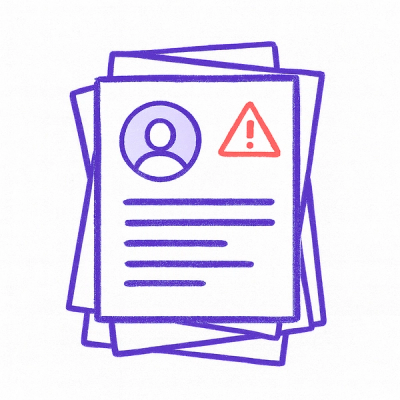
Research
Two Malicious Rust Crates Impersonate Popular Logger to Steal Wallet Keys
Socket uncovers malicious Rust crates impersonating fast_log to steal Solana and Ethereum wallet keys from source code.
warden_oauth_provider
Advanced tools
h1. WardenOauthProvider
This gem allows you to start an oauth server and allow your customers to consume your application through oauth. It is based on Warden and can easily be added to the Warden authentication stack. It uses the "oauth gem":http://rubygems.org/gems/oauth to implement the oauth protocol for Warden.
h2. Installation
gem 'warden_oauth_provider'
$ rails generate warden_oauth_provider $ rake db:migrate
YourApp::Application.config.middleware.use Warden::Manager do |manager|
manager.default_strategies :oauth_provider, :http_basic, :password
manager.failure_app = SessionsController
manager.oauth_request_token_path = "/oauth/request_token"
manager.oauth_access_token_path = "/oauth/access_token"
end
At this point your application responds on the @/oauth/request_token@ and @/oauth/access_token@ paths and provides request and access tokens based on the request. Before you can make any requests, you should create a client application.
h3. Creating client applications
Before a client can connect to the oauth provider, it should be registered as a client application in the database. This can be done through a Rails console or you can create a dedicated controller for this purpose:
WardenOauthProvider::ClientApplication.create!(:name => "My client application", :url => "http://myapplication.com", :callback_url => "http://myapplication.com/callback")
The @:callback_url@ is an optional argument, because the callback url can also be provided when requesting a request token. The @key@ and @secret@ attributes are automatically filled and are the consumer key and consumer secret that should be used to connect to the oauth server.
h3. Creating the authorize interface
During the oauth process, the end-user is redirected to your application to authorize the oauth request. You should write create controller, views and routes for this. You use the @WardenOauthProvider::TokenStrategy@ to verify and authorize the token:
def authorize
@token = WardenOauthProvider::Token::Request.find_by_token(params[:oauth_token])
if request.post?
if params[:authorize] == "1" # Something based on your user interface
if warden.authenticate?(:oauth_token, :scope => :oauth_token)
redirect_to env['oauth.redirect_url']
else
# Render a template to display failure
render :authorize_failure
end
else
# Render a template to display failure
render :authorize_failure
end
end
end
h2. xauth
The oauth provider has support for xauth, which supports requests for access tokens without user interaction. More information can be found at "dev.twitter.com":https://dev.twitter.com/docs/oauth/xauth. In order to enable xauth, make sure you set the @xauth_enabled@ boolean for a trusted client application to @true@. Furthermore you should define how the strategy should authenticate a valid user of your system by defining a Proc for the @xauth_user@ Warden config option.
YourApp::Application.config.middleware.use Warden::Manager do |manager|
manager.default_strategies :oauth_provider, :http_basic, :password
manager.failure_app = SessionsController
manager.oauth_request_token_path = "/oauth/request_token"
manager.oauth_access_token_path = "/oauth/access_token"
manager.xauth_user = Proc.new do |env, username, password|
User.authenticate(username, password) # Return nil when authentication fails or a user when success
end
end
h2. Reporting bugs
Please report bugs in this gem via Github Issues: https://github.com/bluetools/warden_oauth_provider/issues
h2. License
This code is free to use under the terms of the MIT license and stated in the LICENSE file.
FAQs
Unknown package
We found that warden_oauth_provider demonstrated a not healthy version release cadence and project activity because the last version was released a year ago. It has 2 open source maintainers collaborating on the project.
Did you know?

Socket for GitHub automatically highlights issues in each pull request and monitors the health of all your open source dependencies. Discover the contents of your packages and block harmful activity before you install or update your dependencies.

Research
Socket uncovers malicious Rust crates impersonating fast_log to steal Solana and Ethereum wallet keys from source code.

Research
A malicious package uses a QR code as steganography in an innovative technique.

Research
/Security News
Socket identified 80 fake candidates targeting engineering roles, including suspected North Korean operators, exposing the new reality of hiring as a security function.